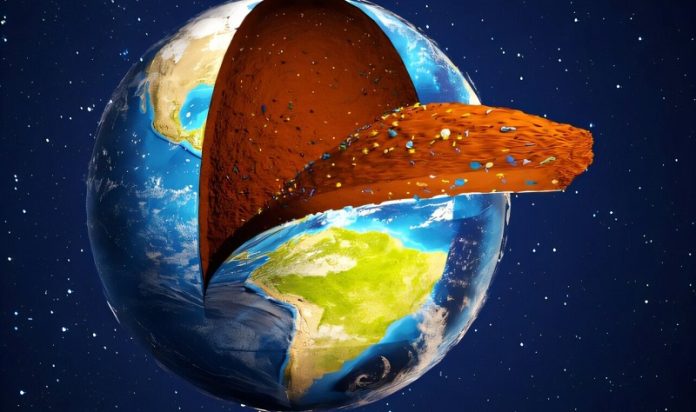
Scientists have discovered a brand-new group of microbes living deep underground in Earth’s soil—and they might play a big role in keeping our drinking water clean.
These tiny life forms were found in the Earth’s “Critical Zone,” a deep layer of soil that stretches from the tops of trees down to about 700 feet below the surface.
This zone is where most life-supporting processes happen, including soil formation, nutrient cycling, and water purification.
James Tiedje, a microbiologist at Michigan State University, led the team that made the discovery.
The newly found microbes belong to an entirely new phylum—one of the highest levels in the classification of life—and have been named CSP1-3.
They were found in soil samples taken from Iowa and China, two areas known for their deep, rich soils.
By studying these two distant locations, researchers were able to confirm that these microbes aren’t just found in one place, but may be more widespread.
What surprised scientists most was that these microbes are not rare or inactive. Instead, they are actually quite dominant in the deep soil, sometimes making up more than half of the microbial community.
In contrast, microbes found near the surface are usually much more diverse, with no single group being so dominant. Despite living in a low-nutrient environment, CSP1-3 microbes are active and growing, although slowly.
Tiedje’s research shows that CSP1-3 likely evolved from microbes that originally lived in water, like hot springs or freshwater, millions of years ago. Over time, they made their way into topsoil and eventually adapted to life deep underground.
One of the most exciting things about CSP1-3 is their role in cleaning water. Soil acts like a natural filter, and while surface soil filters out many pollutants quickly, it doesn’t catch everything.
Water that seeps deeper underground still carries leftover nitrogen and carbon. That’s where CSP1-3 comes in.
These microbes live off the leftover materials and help finish the job, making groundwater cleaner before it becomes drinking water.
The next step for Tiedje and his team is to try to grow CSP1-3 in the lab. This is a difficult task, as deep soil conditions are hard to recreate.
But learning more about these microbes could reveal special genes and abilities that may help solve environmental problems, such as breaking down hard-to-remove pollutants.
As Tiedje says, CSP1-3 might be slow-growing and hidden deep underground, but they are doing an important job—and they may hold secrets that could benefit all of us.



